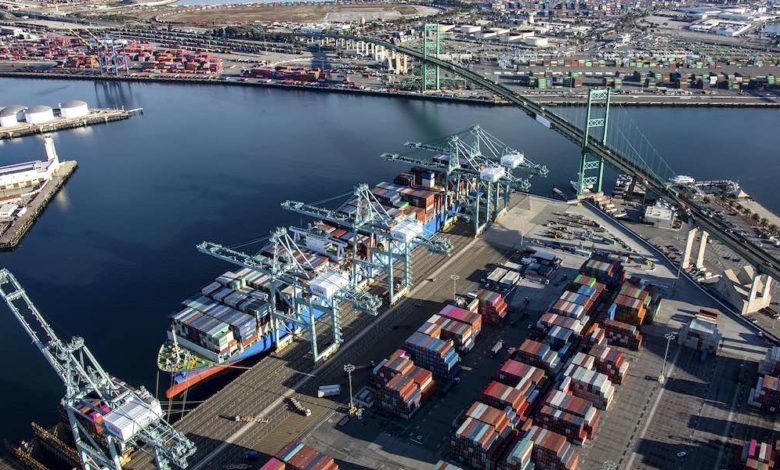New index highlights the extraordinary pressure global supply chains have been under during the pandemic

A newly proposed American index highlights the unique strained times global supply chain pressures are under.
Developed by the New York Federal Reserve, the Global Supply Chain Pressure Index (GSCPI) integrates a number of commonly used metrics with an aim to provide a more comprehensive summary of potential disruptions affecting global supply chains.
Among data points taken for the new index are the the Baltic Dry Index (BDI), and the Harpex container charter rate index. Also in the mix are air freight prices and a host of Purchase Manager Index (PMI) surveys from around the world.
Analysts have tracked the index back to 1997 and the chart below shows there has been no period of such supply chain pressure in the ensuing 25 years as what has been experienced over the past year.
The creators of the index however suggest the absolute worst of the pandemic supply chain crunch might have passed.
“More recently, the GSCPI seems to suggest that global supply chain pressures, while still historically high, have peaked and might start to moderate somewhat going forward,” the creators of the index predicted in a recent post introducing the new index.


“Among data points taken for the new index are the the Baltic Dry Index (BDI), and the Harpex container charter rate index. Also in the mix are air freight prices and a host of Purchase Manager Index (PMI) surveys from around the world.”
But no data om available trucks to move containers e.g. ban on 10 year old trucks, nor any data on policy implementation to force importers to force truckers “to go green” e.g. implement restrictions on truckers whom are using hydrocarbon powered vehicles?
I believe I know whom to direct responsibility to: Authorities are downright sabotaging goods movement for Climate Fiction policy implementation purposes.
Oddgeir